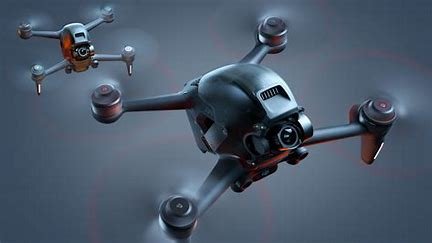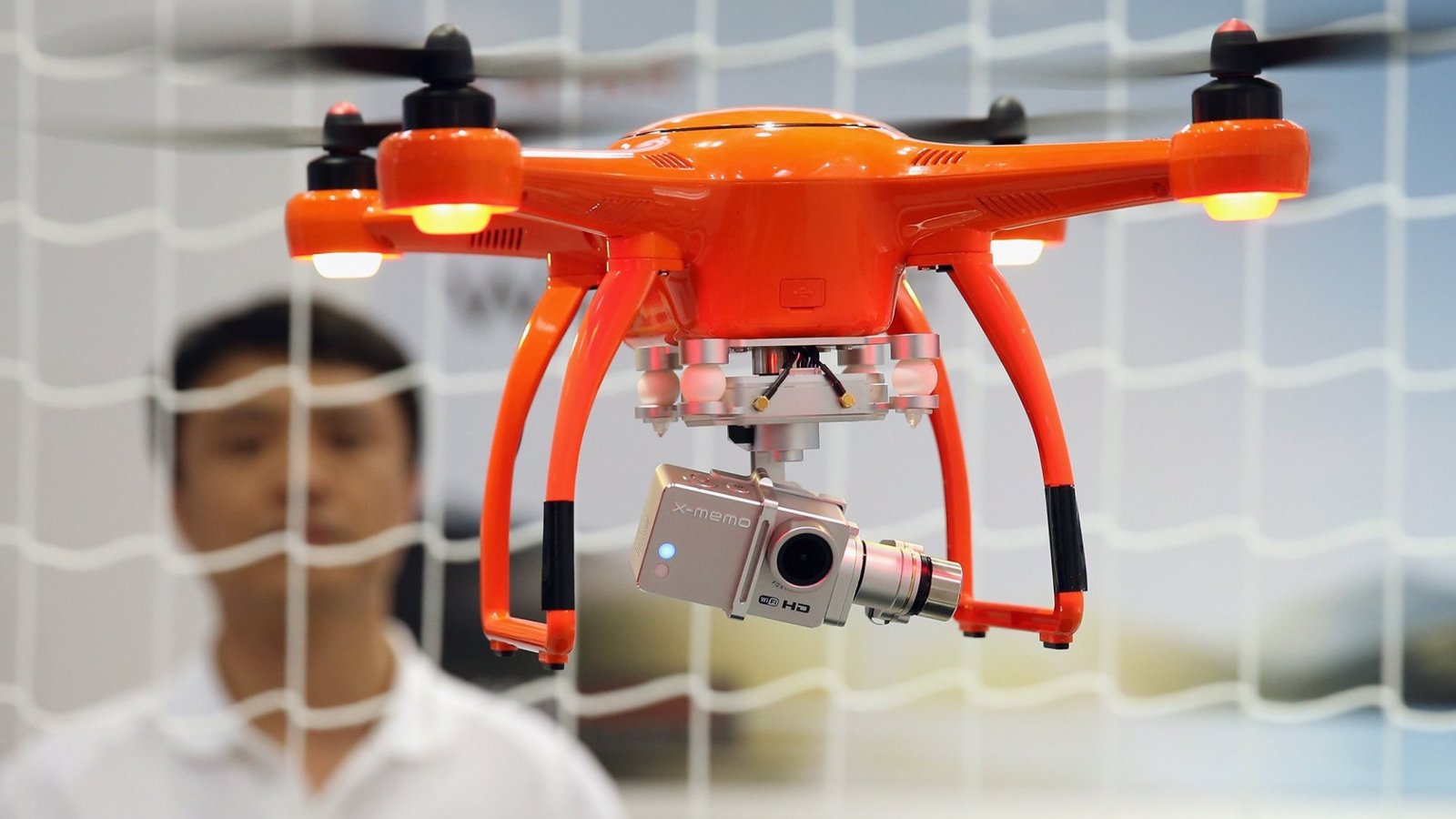Drones, also known as unmanned aerial vehicles (UAVs), have become a symbol of technological advancement in recent years. Initially developed for military applications, drones have transcended their original purpose to revolutionize industries such as logistics, agriculture, filmmaking, and disaster response. The rapid evolution of drone technology has transformed how we perceive aerial systems, opening doors to countless applications that were once considered science fiction.
What Are Drones?
At their core, drones are aircraft that operate without a human pilot onboard. They are remotely controlled or fly autonomously using pre-programmed flight plans and advanced technologies like GPS, sensors, and artificial intelligence. Drones come in various shapes, sizes, and functionalities, ranging from compact quadcopters used by hobbyists to sophisticated military-grade systems capable of carrying heavy payloads over long distances.
The Evolution of Drones
Drones trace their origins back to the early 20th century, when the first pilotless aircraft were developed for military use. However, it wasn’t until the 21st century that drones became commercially viable, thanks to advancements in battery technology, miniaturized sensors, and wireless communication. The introduction of affordable, consumer-grade drones in the 2010s democratized aerial technology, allowing individuals and businesses to explore new possibilities.
Applications of Drones
- Agriculture
Farmers are increasingly turning to drones to enhance productivity and reduce costs. Equipped with multispectral cameras, drones can survey vast fields, identify areas suffering from pests or diseases, and monitor crop health. Precision agriculture, powered by drones, ensures optimal use of resources like water, fertilizers, and pesticides, leading to increased yields and sustainability. - Logistics and Delivery
Companies like Amazon and UPS are exploring drone delivery systems to revolutionize the logistics industry. Drones can navigate traffic-free routes, delivering packages quickly and efficiently, especially in remote or inaccessible areas. While regulatory challenges remain, the vision of an aerial delivery network is steadily becoming a reality. - Disaster Response and Humanitarian Aid
Drones play a crucial role in disaster-stricken areas. They can provide real-time aerial imagery to assess damage, locate survivors, and deliver essential supplies like food, water, and medicine. For example, during the aftermath of hurricanes or earthquakes, drones have been instrumental in speeding up relief efforts and minimizing human risk. - Filmmaking and Photography
In the creative world, drones have revolutionized cinematography and photography. Filmmakers now have access to stunning aerial shots that were once possible only with helicopters. From wedding videography to nature documentaries, drones have made high-quality aerial imagery accessible to creators of all levels. - Environmental Monitoring
Environmentalists use drones to study wildlife, monitor deforestation, and track climate change. In regions where human access is limited or dangerous, drones provide a safer and more cost-effective alternative for collecting data. For instance, drones have been deployed to monitor polar ice caps, study coral reefs, and track endangered species. - Military and Surveillance
Drones continue to be a critical component of modern military operations. They are used for reconnaissance, intelligence gathering, and precision strikes, minimizing risks to human soldiers. Beyond the battlefield, drones are also employed in border surveillance and public safety operations.
Challenges and Concerns
Despite their immense potential, drones are not without challenges and controversies.
- Regulatory Issues
Airspace management is a significant concern as the number of drones increases. Governments worldwide are struggling to establish regulations that balance innovation with safety and privacy. Drone pilots must adhere to strict guidelines to avoid accidents or misuse. - Privacy Concerns
The ability of drones to capture high-resolution images and videos has raised alarms about privacy. Unauthorized surveillance or data collection can infringe on individuals’ rights, leading to debates about ethical boundaries and the need for stricter laws. - Security Threats
Drones can be weaponized or used for malicious purposes, posing risks to national security and public safety. High-profile incidents, such as drones interfering with airport operations, highlight the need for robust counter-drone systems. - Technical Limitations
Battery life, payload capacity, and range are ongoing challenges for drone manufacturers. While advancements are being made, these limitations currently restrict the scalability of certain applications, such as long-distance delivery.
Future Trends in Drone Technology
The drone industry is evolving rapidly, with innovations promising to overcome current limitations and unlock new possibilities:
- Autonomous Drones
Artificial intelligence is paving the way for fully autonomous drones capable of making decisions without human intervention. These systems will enhance efficiency and safety across industries like logistics, agriculture, and emergency response. - Urban Air Mobility
Drones are set to play a vital role in the future of urban transportation. Concepts like passenger drones and air taxis are being developed to address traffic congestion and reduce urban carbon footprints. Companies like EHang and Volocopter are already testing prototypes. - Advanced Sensors and Connectivity
The integration of 5G technology and advanced sensors will improve real-time communication and data processing. This will enable drones to perform complex tasks with greater precision, such as inspecting infrastructure, mapping terrains, or conducting search-and-rescue missions. - Swarm Technology
Swarm drones, inspired by the behavior of insects, are being developed for collaborative operations. These drones can work together to complete tasks like search-and-rescue missions, large-scale mapping, or crowd management.
Conclusion
Drones have come a long way from their military origins to becoming indispensable tools in various industries. Their ability to perform tasks that are dangerous, time-consuming, or cost-prohibitive for humans makes them an invaluable asset in our increasingly technology-driven world. However, as we continue to integrate drones into everyday life, it is essential to address the associated challenges, particularly around safety, privacy, and regulation.
The future of drones is bright, with advancements in autonomy, connectivity, and functionality promising to redefine how we interact with the skies. As we navigate this transformative era, drones will undoubtedly play a pivotal role in shaping a smarter, safer, and more efficient world.
Internal Link:- ragdi









